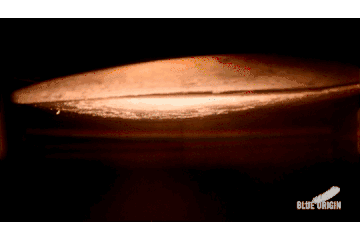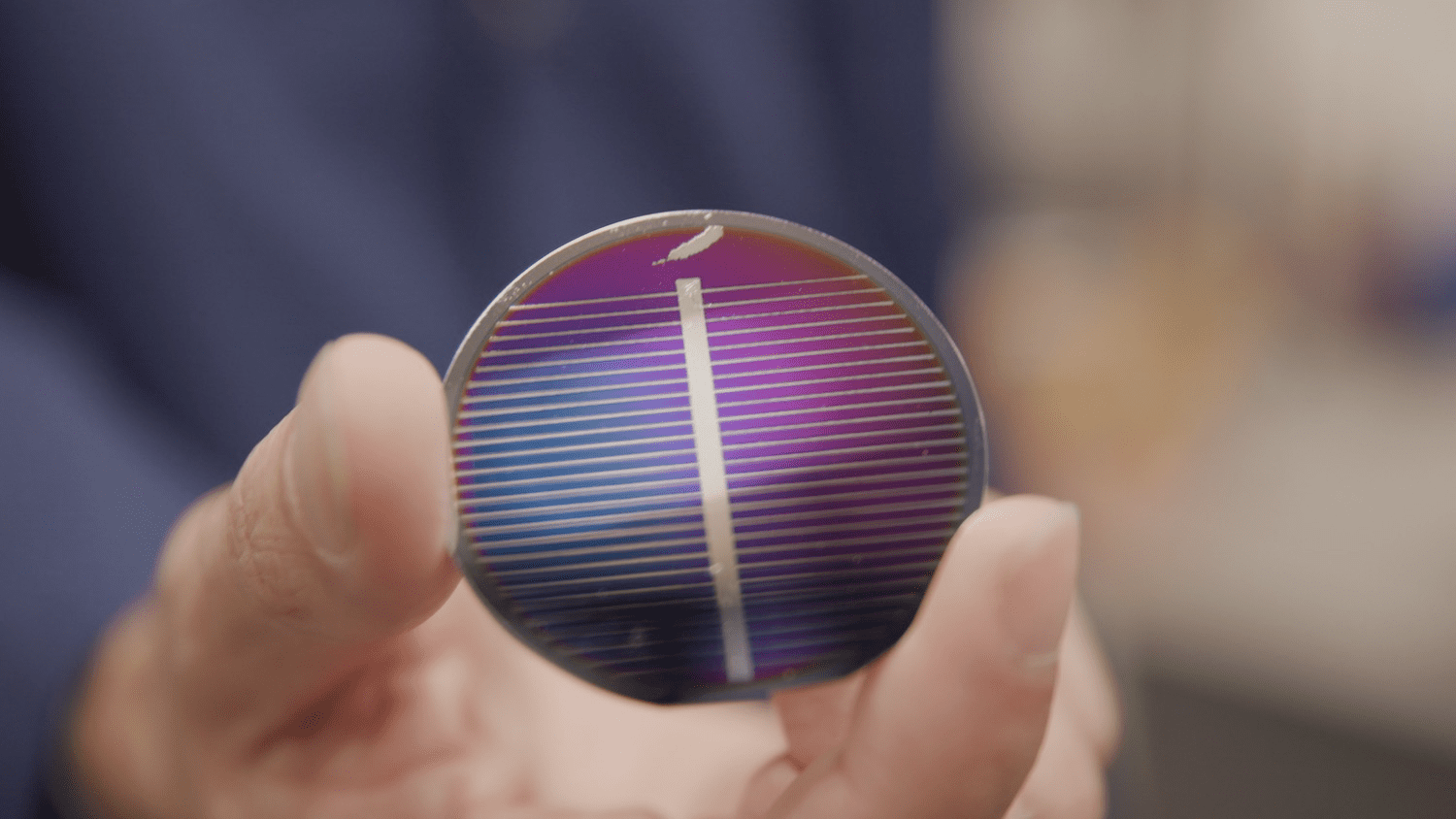Last week a blog post on Blue Origin’s website made a claim that, if verified, could dramatically increase the prospects for establishing ongoing bases on the Moon. However, the curious lack of promotion the company – not usually known for avoiding publicity – has so far given the announcement suggests they may still have some doubts about the technology.
The claim is that Blue Origin’s engineers have worked out how to make working solar cells and electricity cables out of the dust and rubble found on the lunar surface, known as regolith. If you want to see humanity establish a permanent presence beyond low Earth orbit, or even just put some fancy telescopes on the far side of the Moon, this falls into the “huge if true” category.
Lunar bases will need a lot of power, including for heating and cooling given the enormous range of temperatures the Moon experiences in the course of one of its month-long “days”. With no fossil fuels to mine or winds to tap, that can come from only two sources: solar or nuclear.
Although NASA’s plans currently revolve around nuclear power stations, some recent modeling suggests a series of solar farms located near the lunar poles would be cheaper. Cables could connect the farms so that at all times at least one was providing sufficient power.
Nevertheless, the idea is still expensive, and most of the cost would lie in transporting the solar panels and transmission lines, rather than their manufacturing or installation. If they could be made on site from locally-sourced materials the cost should plummet.
That’s what Blue Origin is claiming they can do. Naturally no one has tested the idea on location, or even made the panels out of the rocks brought back by the Apollo missions. The samples are too precious to be used in bulk like that.
Instead, Blue Origin made “regolith simulants” that match the composition and grain size of samples collected by Apollo astronauts, and worked with those. “We have pioneered the technology and demonstrated all the steps. Our approach, Blue Alchemist, can scale indefinitely, eliminating power as a constraint anywhere on the Moon,” the blog says.
The process starts by heating regolith to 1,800°C (3,300°F) to make it molten and then electrolyzing it produce iron, silicon and aluminum. The oxygen released in the process would certainly come in handy on the lunar surface as well. The 99.99 percent pure silicon meets even the exacting standards of the photovoltaic industry, avoiding the expensive chemicals usually used on Earth.

To extract the elements required for making solar cells, Blue Origin first proposes to heat the lunar regolith until it melts. Image credit: Blue Origin
Silicon accounts for most of the weight required for solar panels, so once it is available on the lunar surface the costs of bringing the other components would be manageable. Nevertheless, Blue Origin claim they can produce everything required to make solar panels on site, cutting out even those modest additions. This includes the layer of glass to protect the cells from damage. The same goes for the wires that could transmit the electricity back to base.
The process is energy intensive, so a large initial set of solar panels would need to be brought from Earth to prime the pump, but once it got started it would be self-sustaining.

A working prototype solar cell built using the method Blue Origin have developed. Image credit: Blue Origin
“Because our technology manufactures solar cells with zero carbon emissions, no water, and no toxic ingredients or other chemicals, it has exciting potential to directly benefit the Earth,” the blog adds.
The idea of using lunar dust to benefit Earth in a very different way was raised just last week. In the latest case it is not the dust itself, but the lessons we have learned from it, that could help save Earth from climate change.
If the work has been published in a journal or otherwise peer-reviewed, Blue Origin have not mentioned it, however. They have so far failed to promote the process, not even mentioning it on their social media channels (although some team members have), so we may need to wait and see if a piece is still missing.
[H/T: Ars Technica]
Source Link: Blue Origin Claims It Can Make Solar Cells From Lunar Dust